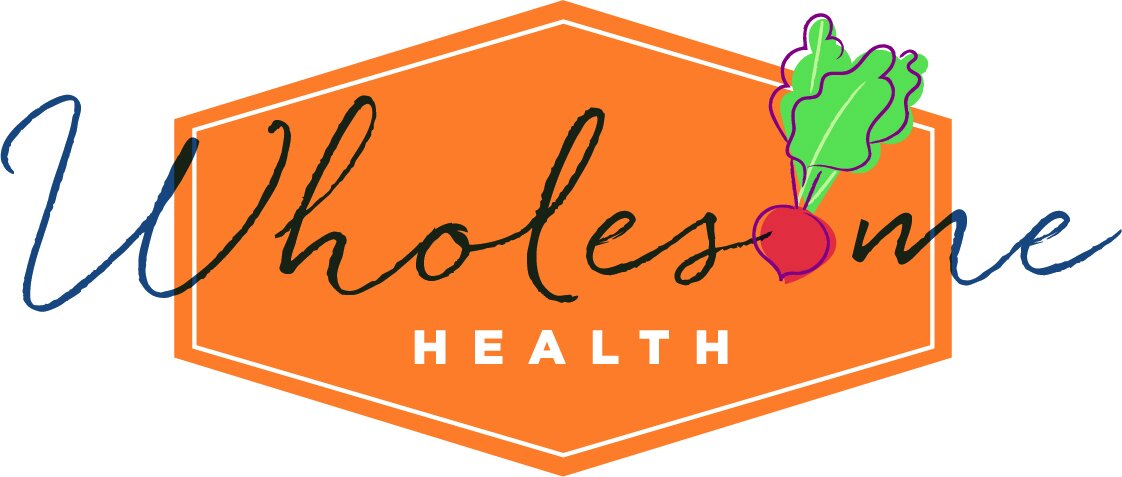Diets 101: Ultra-Low-Fat Diet
Today’s post is another in my Diet Series. As I’ve mentioned before, there are numerous diets out there, and a lot of confusion around whether or not they are good options. Today, I’ll discuss the ultra-low-fat diet, which is a bit controversial. Keep reading to find out more!
What is ultra-low-fat?
The Dietary Guidelines for Americans recommend 20-35% of your total daily calories come from fat. Ultra-low-fat diets typically recommend only 10% of your total daily calories come from fat. This type of diet is quite high in carbohydrates, with about 80% of your total daily calories coming from carbohydrates (the other 10% or so comes from protein).
Pros
Potential upsides to an ultra-low-fat diet include:
Cons
Though there are a few potential upsides to following this diet, there are far more downsides to eating this little fat. For one thing, fat makes food taste good, so without fat, the flavor of your food may suffer. Our bodies need fat for several reasons, including:
Cushioning and protecting our organs
Supporting cell growth
Helping with the absorption of important nutrients
Provide energy
Provide us with certain essential fatty acids that the body cannot produce on its own
Without enough fat in the diet, the above functions cannot occur as they should. You’ll likely be hungry eating so little fat which may lead you to overeat carbohydrates. High carbohydrate diets, especially those high in refined carbohydrates like white rice and white bread, may increase your risk of developing type 2 diabetes.
What to eat?
Components of an ultra-low-fat diet include:
All fruits (except avocados and olives)
All vegetables (prepared without fat, such as olive oil, or very little fat)
Low-fat or fat-free dairy (skim milk, nonfat yogurt)
Whole grains and starches (potatoes, rice, bread, pasta, beans, lentils)
Lean protein (egg whites, chicken breast without skin, turkey, white fish)
What to avoid?
Foods to avoid on an ultra-low-fat diet include:
Full-fat dairy (butter, cheese, 2% and whole milk)
Higher-fat meats (beef, chicken thighs, salami, pepperoni, sausage, bacon)
High-fat sweets (cake, cookies, ice cream)
Nuts and seeds
Peanut butter
Avocado and olives
Oil
Overall, the ultra-low-fat diet is challenging to stick with long-term and often causes you to miss out on important nutrients. There are several other more effective eating patterns to follow that are more sustainable and enjoyable. If you’re looking for a healthy eating pattern, try the Mediterranean Diet or DASH diet.


